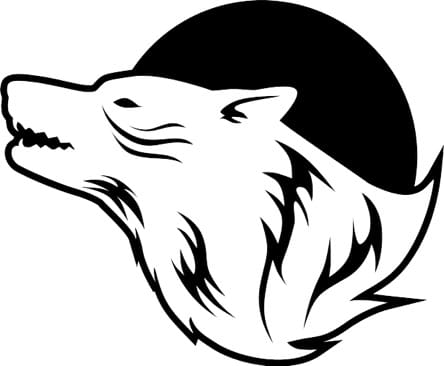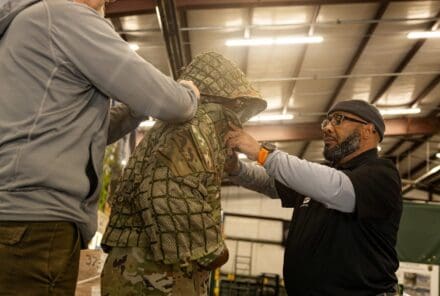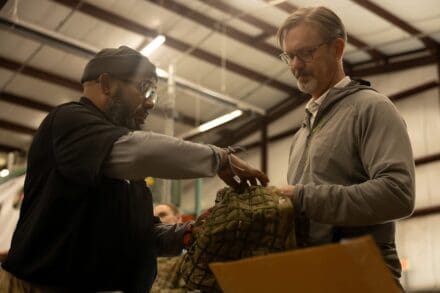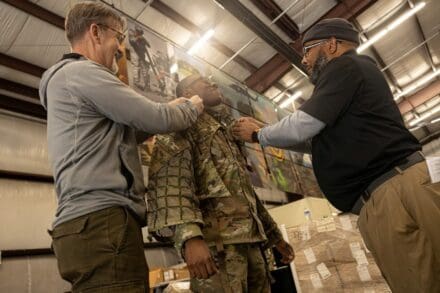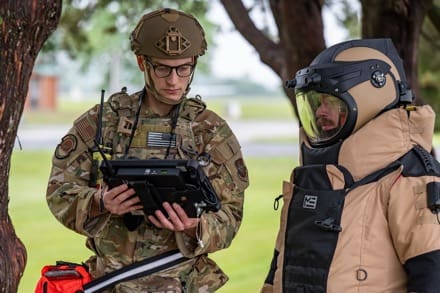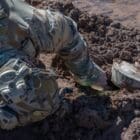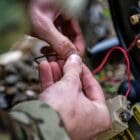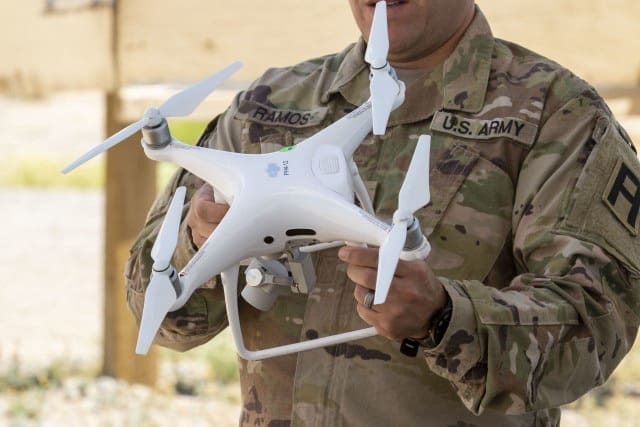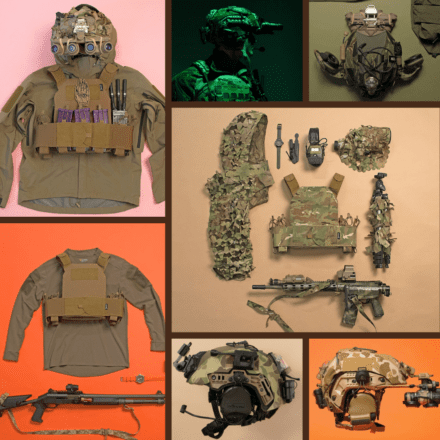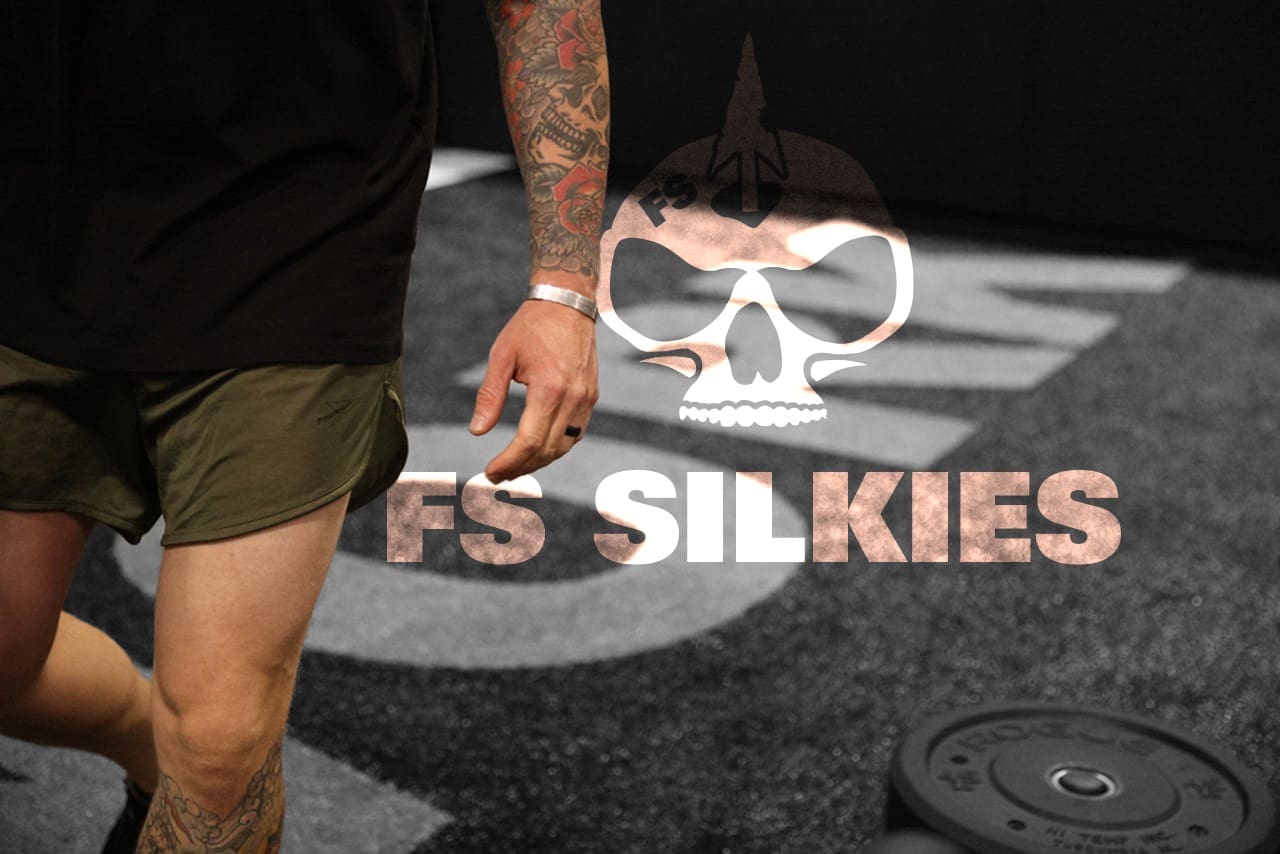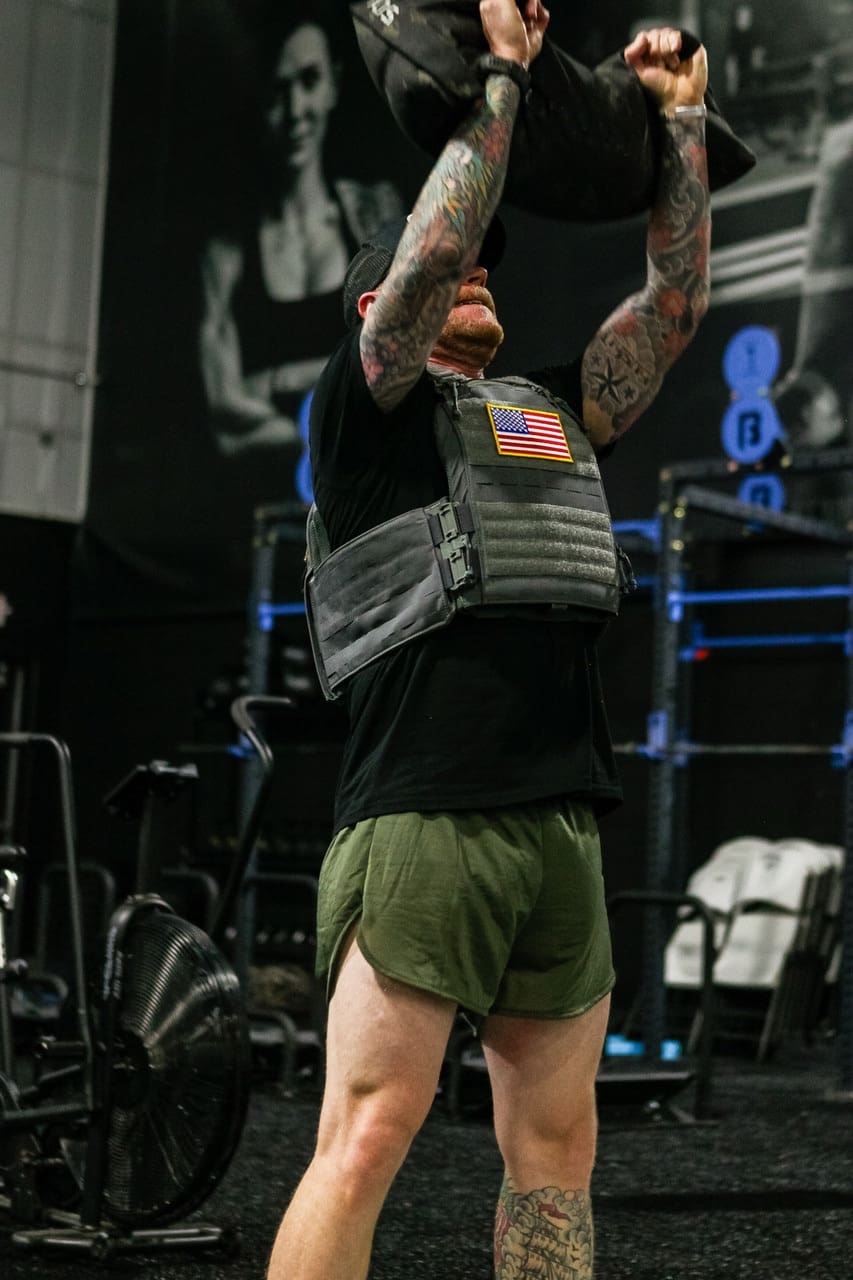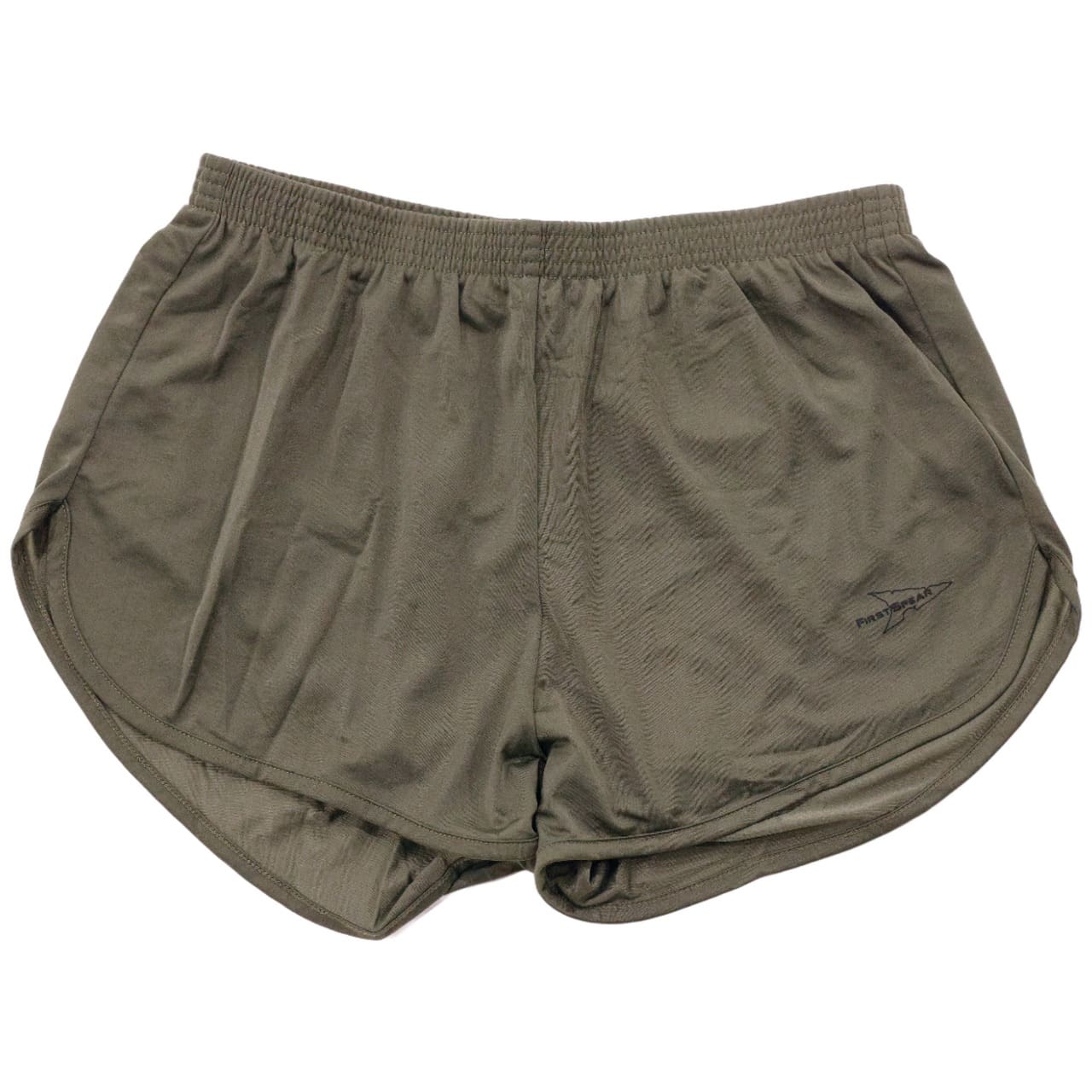JOINT BASE PEARL HARBOR-HICKAM, Hawaii (AFNS) —
More than 700 Guardians around the world are prepared to participate in a U.S. Space Force led large-scale exercise, Resolute Space 2025, which will demonstrate the Space Force’s preparedness for complex, large-scale military operations.
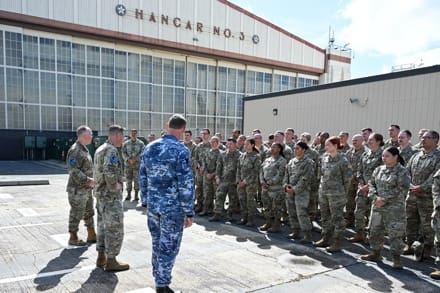
The exercise will be conducted in partnership with joint and international forces and demonstrates the ability to operate in a contested, dynamic environment against high-end threats on short notice. Space superiority is an indispensable prerequisite to the success of the Joint Force. Resolute Space enhances the skills of Guardians to deter and, if necessary, defeat adversary aggression threatening the U.S. and its allies and partners.
“Resolute Space sends a clear message: Guardians are prepared to fight and win in space shoulder to shoulder with our joint and allied partners,” said Chief of Space Operations Gen. Chance Saltzman. “By training at this unprecedented scale, we’re sharpening warfighter instincts, strengthening combat credibility, and proving our commitment to deliver peace through strength in the face of any challenge.”
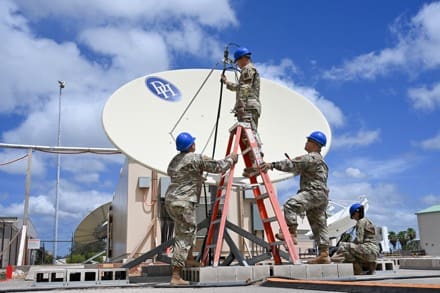
Resolute Space is integrated with the Air Force’s exercise Resolute Force Pacific, or REFORPAC, which together form the core of the 2025 Department Level Exercise series.
The intent of this Space Force-led exercise is to incorporate, at scale, space-based and space-enabled capabilities to include, but not limited to, space electromagnetic warfare, space domain awareness, orbital warfare, and navigational warfare.
“Resolute Space emphasizes our focus on readiness and training as we incorporate live, synthetic, and virtual space warfighting into an exercise of this magnitude. We’ve leveraged expertise across all functional areas to ensure Guardians internalize the scope and scale of their responsibilities to the joint force and to national security,” said U.S. Space Force Col. Jay Steingold, Resolute Space exercise director. “The expertise and dedication required by the Resolute Space planning team to bring the exercise from conceptualization through planning and into execution is nothing short of remarkable. They have surged in their professional capacities and have been laser-focused on providing Guardians highly relevant and realistic exercise training opportunities.”
Guardians will be operating out of Joint Base Pearl Harbor-Hickam; Peterson and Schriever Space Force Base, and Buckley SFB; and other locations in the U.S. and overseas. This concept of distributed operations provides effective warfighting capabilities to the joint and combined force around the world.
The nation depends on the Space Force to organize, train and equip forces ready and able to conduct space warfighting operations. Resolute Space 2025 provides fundamental training to validate Guardian readiness.
By Resolute Space Public Affairs (Space Training and Readiness Command and Space Operations Command)


